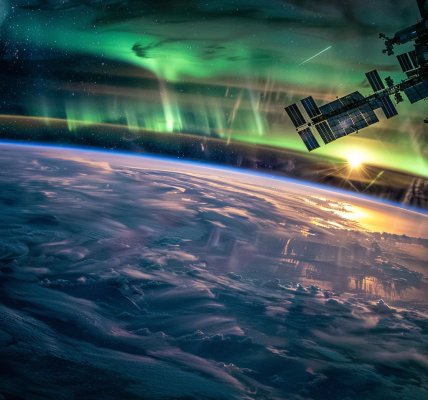Orbital Resonance: The Cosmic Dance of Planets in Harmony
By Lexi Mural
February 3, 2024
Planets orbiting their parent stars often exhibit remarkable patterns in their orbits, creating a mesmerizing gravitational dance known as orbital resonance. Recently, astronomers studying a distant star located 100 light years away observed six planets orbiting in perfect synchrony, with each pair of planets completing their orbits in ratios of whole numbers, allowing them to align and exert gravitational forces on each other.
This phenomenon, known as orbital resonance, is akin to a celestial harmony between distant planets. It is a captivating display of gravitational interaction that occurs when the orbits of planetary bodies align, resulting in a rhythmic beat as they orbit their host star.
Dr. Chris Impey, an astronomer and cosmology researcher, emphasizes the extraordinary diversity of exoplanets discovered in the past 30 years, with over 5,600 identified to date. This ongoing exploration continues to unveil surprising celestial phenomena, shedding light on the captivating dynamics of planetary systems.
The concept of orbital resonance traces back to ancient times, with Greek mathematician Pythagoras postulating the existence of a ‘music of the spheres’—a unique hum emitted by the sun, moon, and planets based on their orbital properties. He believed that these celestial harmonies were governed by mathematical principles, a notion that resonates with the modern understanding of orbital resonance.
Building upon Pythagoras’ ideas, Johannes Kepler, a prominent figure in the history of astronomy, proposed that the motions of the planets could be described through musical intervals and harmonies. In his work ‘The Harmony of the World,’ Kepler illustrated the mathematical relationships governing the orbital periods of the planets, drawing parallels to musical compositions and establishing a profound connection between celestial mechanics and musical harmony.
Orbital resonance, as observed in the intricate dance of Jupiter’s moons, exemplifies the alignment of planetary orbits, with each moon completing its orbit in a unique ratio relative to the others, resulting in gravitational interactions that shape their movements. This celestial choreography underscores the enduring fascination with the cosmic symphony of planetary systems.





